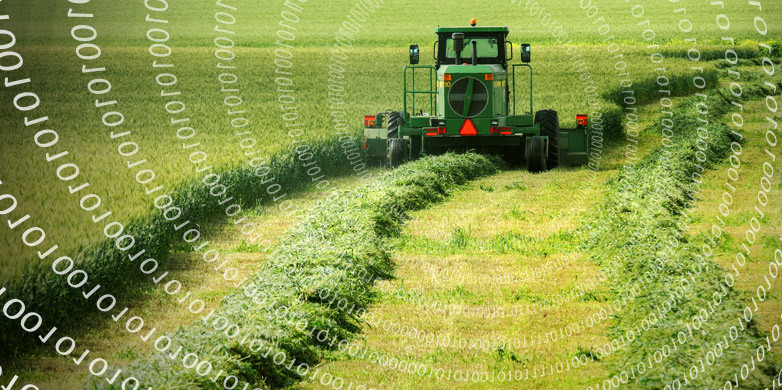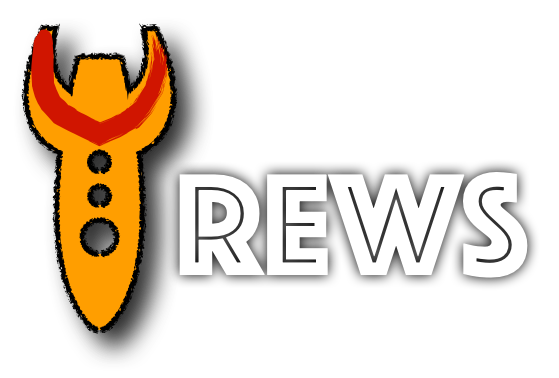Smart Farming
In recent years, agriculture has undergone a significant transformation, thanks to the integration of technology. One of the most promising and innovative technologies in the agricultural sector is the Internet of Things (IoT). IoT has paved the way for what we now call “Smart Farming” or “Precision Agriculture,” which leverages data and automation to optimize various farming processes. In this blog post, we will explore how IoT is revolutionizing agriculture and reshaping the way we cultivate our food.
What is IoT in Agriculture?
IoT (Internet of Things) refers to the interconnectedness of everyday objects via the internet, allowing them to collect and exchange data. In agriculture, IoT involves deploying sensors, cameras, and other devices throughout the farm to gather real-time data on various aspects of the environment and crop conditions.

Key Benefits of IoT in Agriculture
- Precision Farming: IoT devices provide farmers with precise information about soil moisture, nutrient levels, and crop health. This data enables farmers to make informed decisions about irrigation, fertilization, and pest control.
- Resource Efficiency: IoT helps farmers optimize resource use, including water and energy. By delivering the right amount of resources at the right time, it reduces waste and lowers operational costs.
- Remote Monitoring: Farmers can remotely monitor their farms via smartphones or computers. This enables them to respond quickly to changing conditions, such as unexpected weather events or pest infestations.
- Data-Driven Insights: The data collected by IoT devices can be analyzed to identify trends and patterns. This leads to more effective long-term planning and decision-making.

IoT Applications in Agriculture
- Soil Monitoring
IoT sensors placed in the soil measure moisture levels, temperature, and nutrient content. This data helps farmers determine when and where to irrigate and fertilize, promoting healthier crops and reducing water wastage.
- Crop Health Monitoring
Cameras and sensors are used to monitor crop health. If there are signs of disease or stress, IoT systems can trigger alerts, allowing farmers to take timely action.
- Livestock Monitoring
IoT collars and tags are used to monitor the health and location of livestock. This improves animal welfare and helps prevent loss due to diseases or predators.
- Automated Farm Equipment
IoT can automate farm machinery, such as tractors and drones. These machines can operate more efficiently and precisely, reducing labor costs and enhancing productivity.
If you want to do the research in this area kindly contact@threws.com
By Anupriya Jain
Professor at Manav Rachna International Institute of Research and Studies

